SUMMARY
This is AI generated summarization, which may have errors. For context, always refer to the full article.
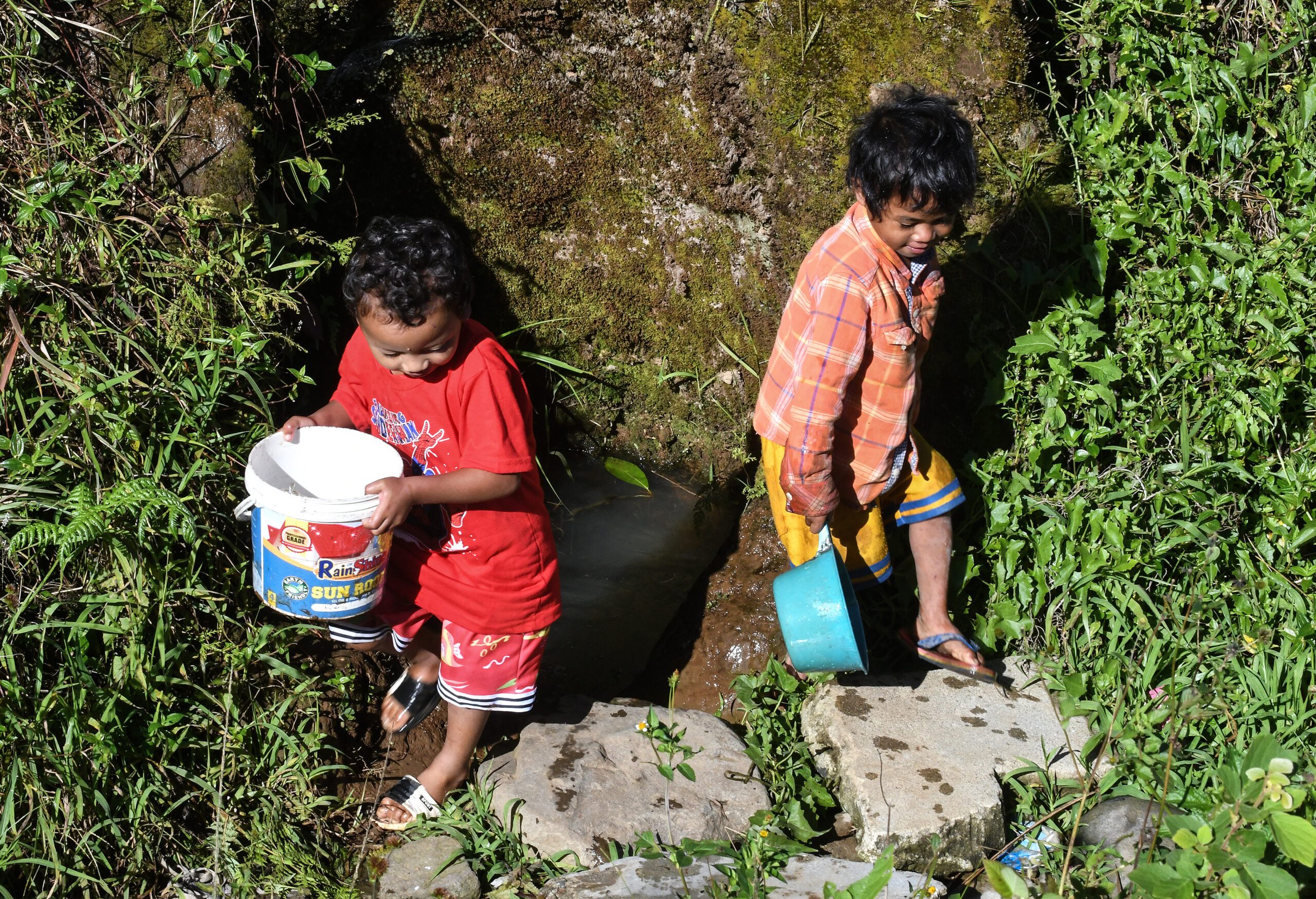
BUKIDNON, Philippines – The village of Tagbak, some 15.5 kilometers east of the Talakag town center, lacks potable water sources and has relied on intermittent water supply for years.
This is the reality and whoever wins in the May 9 elections will be confronted by the fact that at least 3 million Filipinos are relying on unsafe and unsustainable water source, based on data from the World Health Organization (WHO).
The situation could worsen in Tagbak, an agricultural village of 2,203 Talaandig and Higaonon farmers, as the dry season sets in, and climate change could cause temperatures to rise and dry up water sources around the village located at the foothills of Mount Kalatungan in Bukidnon.
“Sometimes the water would stop flowing abruptly and we have to wait for a few minutes to an hour before it starts to flow again,” said Eileen Hinganan, a mother of eight.
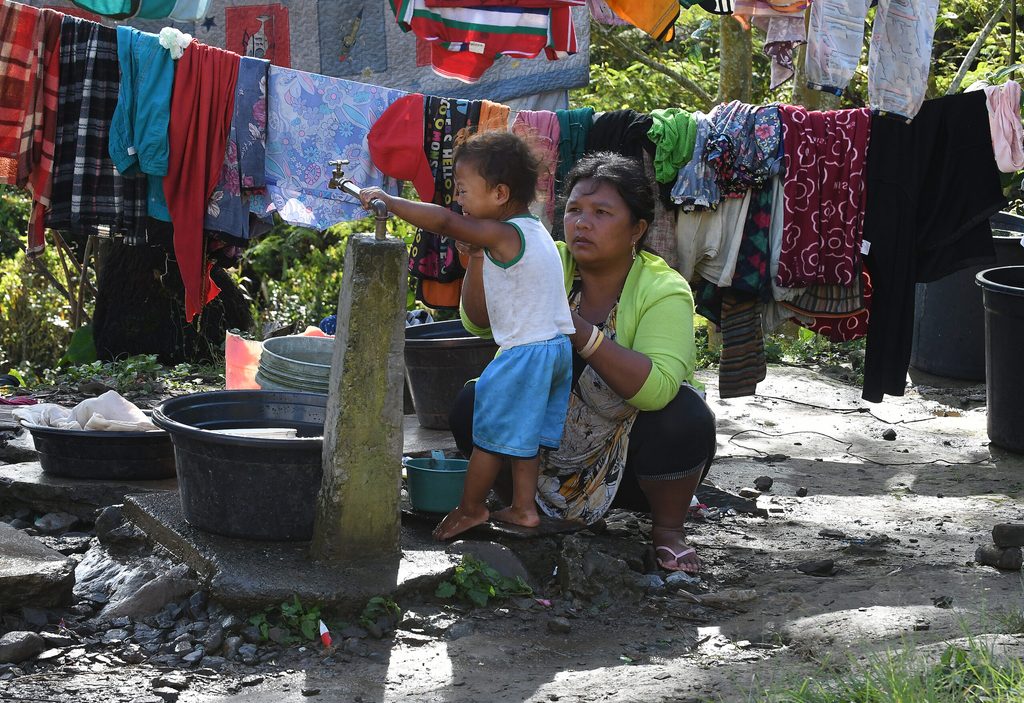
The 47-year-old Hinganan sat beside a plastic container for an hour as she waited for the water to trickle from a rusty pipe, the only water source in their small community.
Beside her were several containers, their owners silently watching at the sidelines for Hinganan to fill her container.
“During summer, the flow of water would stop and we have to go to a nearby water impounding dike to fetch water,” she said.
Hinganan, whose farmer-husband earns P2,800 a month, said she had to shell out P50 a week for an auto-rickshaw to carry 10 containers to the impounding dike.
For washing their plates and kitchen utensils, Hinganan pointed to a hole by the side of the highway that is filled with murky rainwater.
“During hot summer days, that water hole will dry up and we have to save our water for washing our utensils,” she said.
She said she would use the water from the containers to wash their clothes, cook their food, and bathe her eight children.

Barangay Tagbak Councilor Warlito Angga-On said the village’s local government allotted P2 million to build a pumping station to supply water to the village’s 400 households.
Angga-On said the P2 million would have come from their share of the Internal Revenue Allocation (IRA) and the Talakag municipal government would shoulder the rest of the expenses.
He said the total cost of the pumping station was estimated to reach P4 million.
Angga-On said after submitting their proposal to the Talakag municipal government, nothing was heard about it anymore.
“That was four years ago. I think nothing would come out of our proposal,” Angga-On said.
Meanwhile, the residents of Tagbak have to make do with the intermittent water supply in their village.
Angga-On said the situation was aggravated when the Philippine National Police (PNP) constructed a camp to house a platoon of cops guarding the Talakag-Lantapan highway.
He said because of the location of the camp on top of a hill, precious water from the village is siphoned with the use of pumps.
“The pumps draw the water from the pipes laid out throughout the village,” he said.
Angga-On said the village had lesser water during the dry seasons after that.

Retired Army major general Johnny Macanas said he was driving through the village one day when he saw several kids drawing water by the roadside in Barangay Tagbak.
Curious, Macanas pulled to a stop and came to know the story of how the village survived despite the lack of potable water sources.
“I saw how Barangay Tagbak was left behind in terms of potable water sources. Water is an extremely important resource we cannot live without,” he said.
Macanas said he immediately offered the villagers his pickup truck to bring the containers to the impounding dike to save them transportation money.
The villagers were elated and filled Macanas’ vehicle with all their available containers.
That was the start of the friendship between the villagers and the former military general who spent years hunting rebels and terrorists in Mindanao.
“We always look forward whenever Mang Johnny comes to help us. His kindness helps us save money,” 30-year-old Mirasol Reyes said.
Mirasol, Angga-On, and Hinganan are among the more than 3 million Filipinos who lack access to safe and sustainable sources.
The WHO said the lack of clean water sources could have serious health consequences like poor personal hygiene which makes one vulnerable to diseases, including COVID-19 infection. – Rappler.com
Froilan Gallardo is a Mindanao-based journalist and an awardee of the Aries Rufo Journalism Fellowship. This story is supported by a grant from Oxfam Philippines.
Add a comment
How does this make you feel?
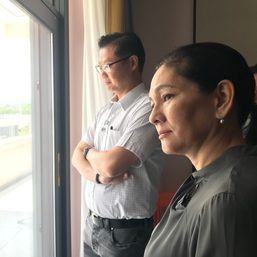
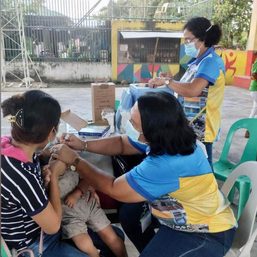
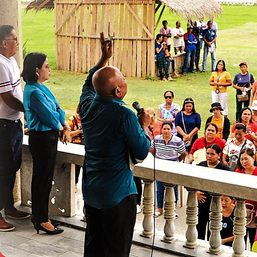
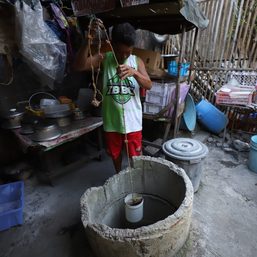
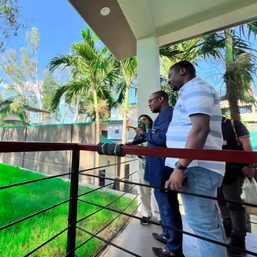
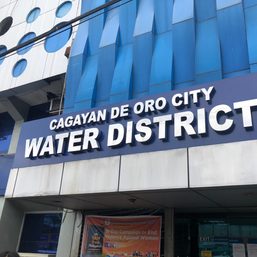
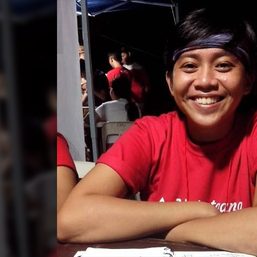
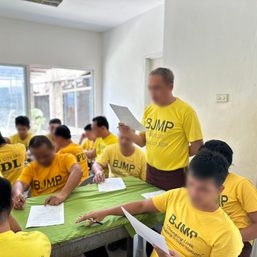
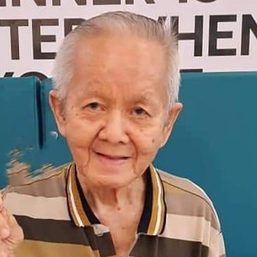
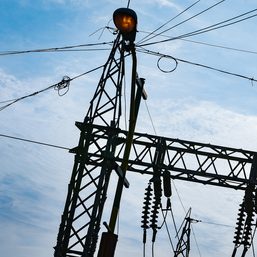
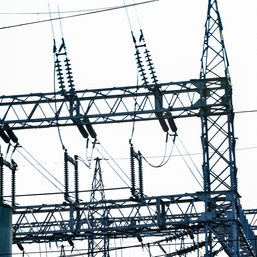
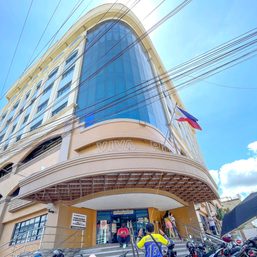
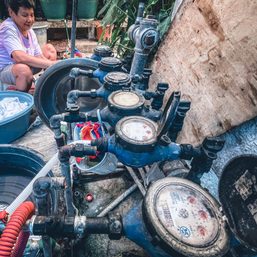
There are no comments yet. Add your comment to start the conversation.